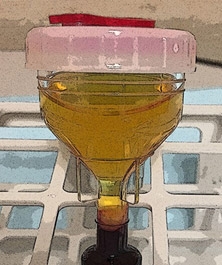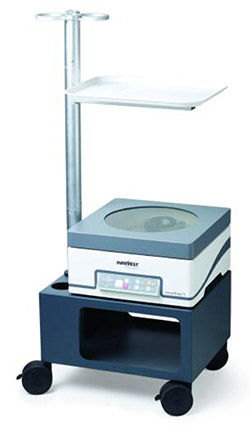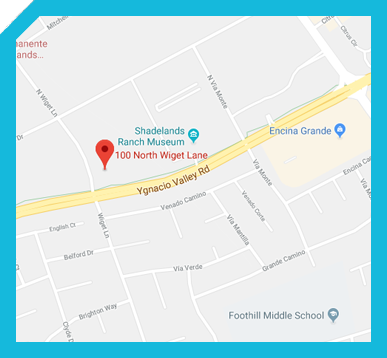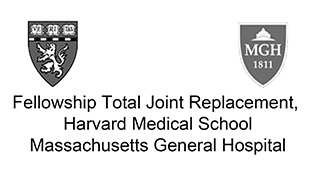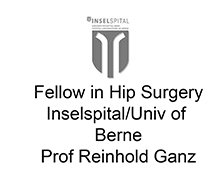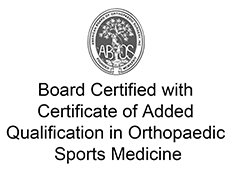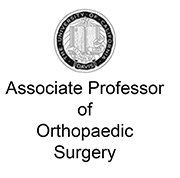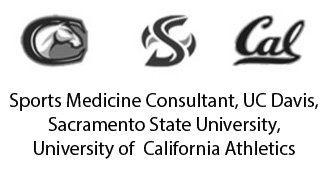Platelet-rich plasma therapy (PRP) is a cutting-edge medical technique that can promote healing. PRP uses your body’s own blood to stimulate the health of joints and tendons. Read on to discover how PRP is used to treat a range of orthopedic conditions, including arthritis and severe tendinitis.
The Basics of Your Blood
Your blood is comprised of liquids and cells. The liquid component of the blood is called “plasma.” Plasma is a mix of water, proteins, nutrients, and other organic compounds. This liquid medium accounts for a little over half of the blood’s volume. Red blood cells, white blood cells, and platelets make up the solid portion of your blood.
Platelets contain special proteins that govern cell repair, regeneration, and blood clotting. These proteins, called “growth factors,” play a pivotal role in how our bodies heal. Growth factors stimulate the production of new, healthy cells. There are processes called "inflammation" in the body that can cause the body to harm itself and to generate pain as if it were injured even in the absence of an external injury. These growth factors can shut down the process of inflammation.
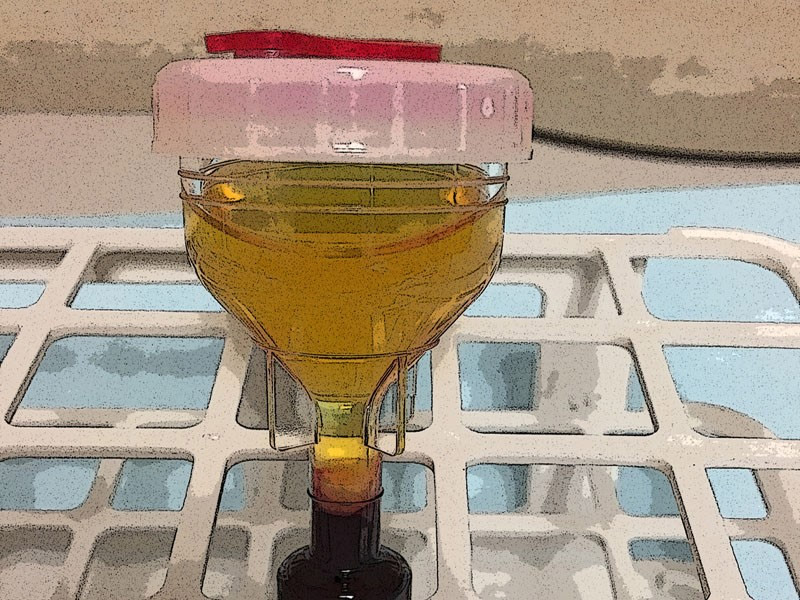
Direct injection of platelet-rich plasma into injured areas may help speed along the healing process and shut down inflammation. A typical blood sample contains an average of 6 percent platelets — a PRP solution can concentrate that up to 10 times.
How Does Platelet-Rich Plasma Therapy Work?
The platelet-rich plasma is derived from your own blood. A member of our staff will take a blood sample. That sample is placed in a special container, in a device called a centrifuge. The blood specimen then spins around at high speed for 15 minutes. The rapid spinning separates the platelets from the rest of the blood.
The platelets dissolved in the small volume of plasma fluid are drawn up into a syringe. They are then injected into the area of pain, such as a joint or tendon attachment
It is important to note that PRP therapy is different from other anti-inflammatory (corticosteroid/cortisone/steroid) injection treatment. PRP promotes long-term healing, whereas anti-inflammatory injections provide more immediate relief. PRP also has the benefit of being derived from your own blood, in contrast to various pharmaceutical drugs such as corticosteroids.
What are the Benefits of Platelet-Rich Plasma Therapy?
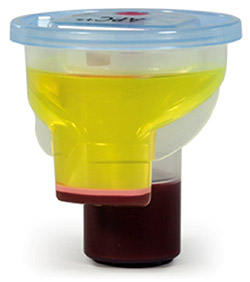
There are many benefits to PRP therapy, including:
- The PRP solution is autologous (derived from you) and therefore rejection is impossible.
- Bathing injured areas such as tendons and arthritic joints in platelet-rich plasma may promote healing and decrease pain.
- PRP may reduce pain, decrease inflammation, and improve overall function and has been shown to do so in multiple studies.
PRP Therapy and Osteoarthritis
Osteoarthritis is a common degenerative joint disease caused by the breakdown of cartilage in joints. As the cartilage wears down, joints become inflamed, swollen, and stiff.
Research into the efficacy of PRP therapy on osteoarthritis shows positive results on pain and function. PRP therapy can lead to:
- Reduced pain
- Less joint stiffness
- Increase in joint mobility and function
PRP Therapy Is Not for Everyone
While PRP therapy can be effective in treating osteoarthritis and tendinitis pain, it is important to remember that it is not for everyone. In patients with serious degeneration or extensive damage to their joints, PRP may not be sufficient.
PRP therapy only initiates and speeds up your existing healing. It is not a substitute for surgery.
Platelet-Rich Plasma Therapy at the Joint Preservation Institute
If you want to enhance your healing or if you have any questions, please contact us for a personal consultation.








 About Platelet-Rich Plasma (PRP) Therapy for Arthritis
About Platelet-Rich Plasma (PRP) Therapy for Arthritis 